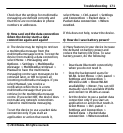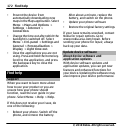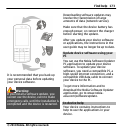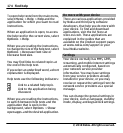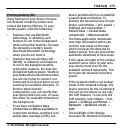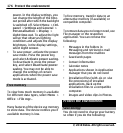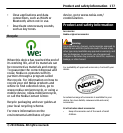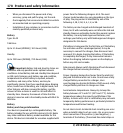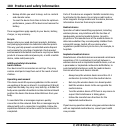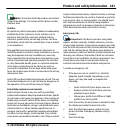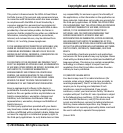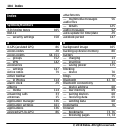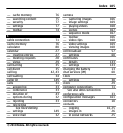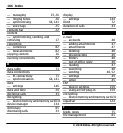
the battery.) This might happen, for example, when you
carry a spare battery in your pocket or purse. Short-
circuiting the terminals may damage the battery or the
connecting object.
Disposal. Do not dispose of batteries in a fire as they may
explode. Dispose of batteries according to local
regulations. Please recycle when possible. Do not dispose
as household waste.
Leak. Do not dismantle, cut, open, crush, bend, puncture,
or shred cells or batteries. In the event of a battery leak,
prevent battery liquid contact with the skin or eyes. If this
happens, flush the affected areas immediately with water,
or seek medical help.
Damage. Do not modify, remanufacture, attempt to insert
foreign objects into the battery, or immerse or expose it
to water or other liquids. Batteries may explode if
damaged.
Correct use. Use the battery only for its intended purpose.
Improper battery use may result in a fire, explosion, or
other h az ard. If t he device o r b attery is droppe d, espec ia lly
on a hard surface, and you believe the battery has been
damaged, take it to a service centre for inspection before
continuing to use it. Never use any charger or battery that
is damaged. Keep your battery out of the reach of small
children.
Important: Talk and standby times are
estimates only. Actual performance depends on many
factors such as network conditions, device settings
selected, device features being used (or running in the
background), battery condition and ambient temperature.
Making calls with the device affects the standby time and
the amount of time in standby mode affects the talk time.
Taking care of your device
Your device is a product of superior design and
craftsmanship and should be treated with care. The
following suggestions will help you protect your warranty
coverage.
• Keep the device dry. Precipitation, humidity, and all
types of liquids or moisture can contain minerals
that will corrode electronic circuits. If your device
does get wet, remove the battery, and allow the
device to dry completely before replacing it.
• Do not use or store the device in dusty, dirty areas.
Its moving parts and electronic components can be
damaged.
• Do not store the device in high or cold temperature.
High temperatures can shorten the life of electronic
devices, damage batteries, and warp or melt certain
plastics. When the device warms to its normal
temperature from a cold temperature, moisture can
form inside the device and damage electronic circuit
boards.
• Do not attempt to open the device other than as
instructed in this guide.
• Do not drop, knock, or shake the device. Rough
handling can break internal circuit boards and fine
mechanics.
• Do not use harsh chemicals, cleaning solvents, or
strong detergents to clean the device. Only use a
soft, clean, dry cloth to clean the surface of the
device.
• Do not paint the device. Paint can clog the moving
parts and prevent proper operation.
• Use only the supplied or an approved replacement
antenna. Unauthorised antennas, modifications, or
attachments could damage the device and may
violate regulations governing radio devices.
• Use chargers indoors.
Product and safety information 179
© 2010 Nokia. All rights reserved.



